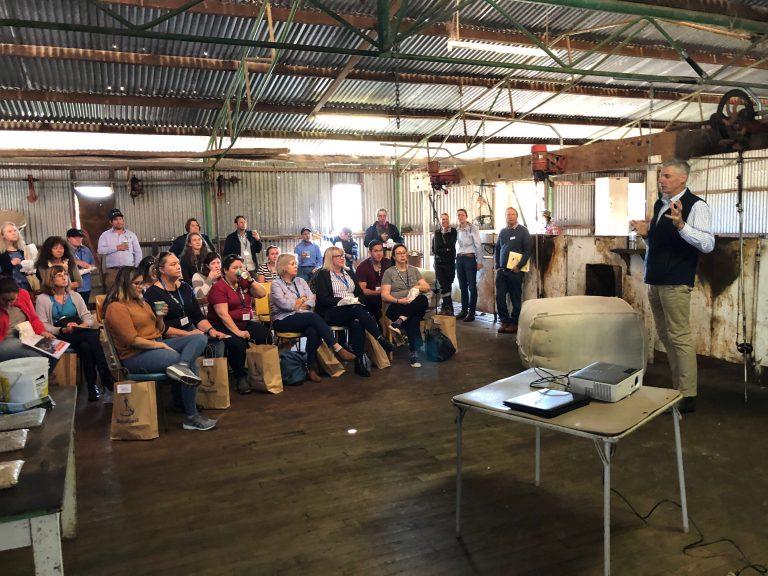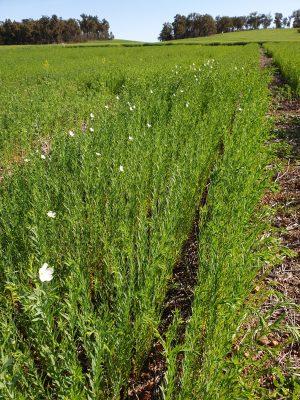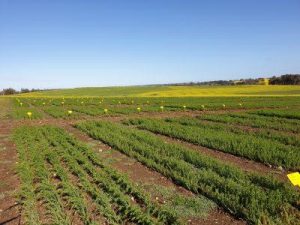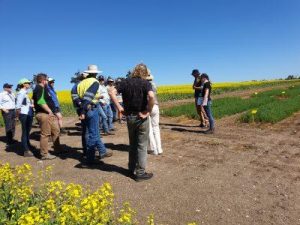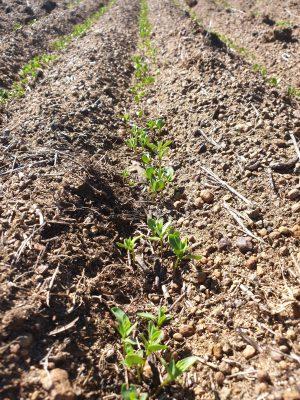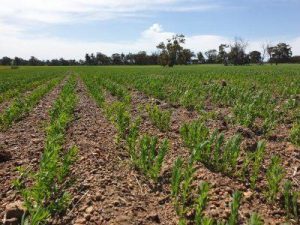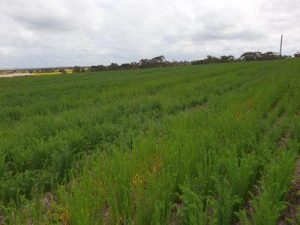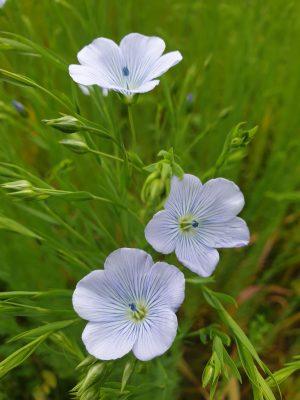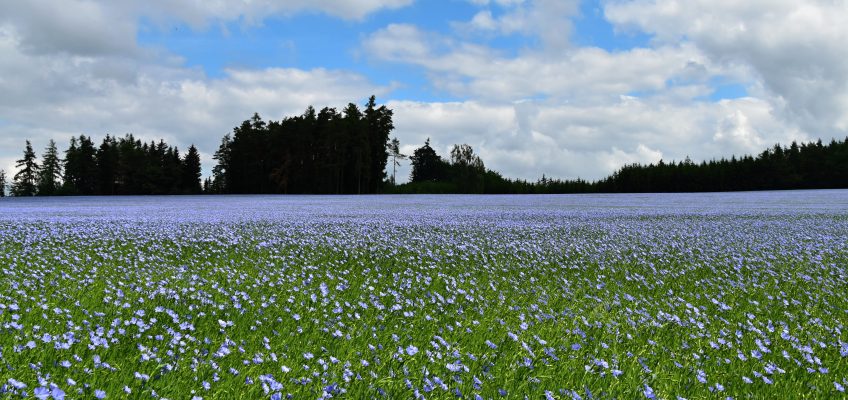A busload of 22 teachers recently swapped the classroom for the paddock, to learn first-hand from some of the state’s most tech-savvy farmers in a bid to see agriculture more readily incorporated into the school curriculum.
Held in the Kojonup region on September 16 and 17, the initiative was part of the innovative Teacher Farm Experience (TeacherFX) Program developed by agribusiness banking specialist Rabobank and its WA Client Council, in partnership with CQUniversity Australia (CQU), as a way of bridging the urban-rural divide.
Aiming to equip the state’s educators with an increased understanding and interest in food and fibre production – with a focus on how they can adopt the learnings into STEM (science, technology, engineering and mathematics) and digital technology curriculums – the two-day program incorporated an overnight farm stay with local farming families and practical on-farm visits to demonstrate the adoption of new technologies and sustainability practices, particularly around soil health, pasture growth and animal welfare.
The second day of the program saw teachers provided with interactive resources – including a program which uses satellite imagery to measure ‘food on offer’ for livestock – to take back to their classrooms.
The Kojonup program was the third TeacherFX to be held in Australia, and is part of a national roll out of the scheme, following a successful pilot conducted in the Narrogin region, last year.
/Feedback collated from the participating teachers by CQU found that prior to attending TeacherFX, around two thirds (67 per cent) felt they were not connected, or only distantly connected, to the agricultural industry. And for 90 per cent, knowledge was considered a barrier to increasing the level of food and fibre concepts in their teaching program.
However, on completing the program, 95 per cent said they would encourage their students to consider a career in agriculture, while all those who attended felt their overall perception of the agricultural industry was positive.
For STEM teacher Shelley Jenkinson, from Floreat Park Primary School in Perth, attending TeacherFX provided the opportunity to “learn about farming and embed some farming content in our program”.
“It is really challenging to find authentic experiences for children to learn from and when you can get an authentic experience, the kids are so much more engaged and usually every aspect of what they’re doing then becomes meaningful,” she said.
Ms Jenkinson said the biggest lesson she had taken away from the program was the “need to establish a connection between schools, the education system and agriculture”.
“I wasn’t really aware of the level of disconnect until I started doing this (program),” she said. “And it’s actually quite astounding. The farmers are acknowledging it, they’re aware, but I’m not sure if we (in cities) are so aware of that disconnection. “Getting that message and connection across into the city, that’s so important. Because from my side, our kids really know so little about agriculture in general, about where their food and fibre comes from.”
On returning to the classroom, Ms Jenkinson said, she would be using the satellite imagery program introduced at TeacherFX with her students. “The fact that there is data available online is big plus because it means we can make connections without leaving the classroom,” she said. “So we can see the satellite images, for example, and collect real data without being there like a farmer can.”
Program organiser and Rabobank WA Client Council co-chair Gerri Hinkley said the teachers who attended TeacherFX were “really engaged”, with the program sparking intelligent questions and conversations around environmental issues and animal ethics.
“For example, the visit to Rob and Caroline Rex’s property at Beaufort River generated much discussion as they showcased the importance of healthy soils to the long-term profitability of their enterprise and how they work to ensure all ecosystems are in balance,” she said.
Ms Hinkley said while the teachers predominately came from schools in Perth, there were also regional and rural schools represented, with a wide range of ag knowledge among the group.
“Some teachers had a detailed knowledge of the industry while others were excited to see how big a sheep was,” she said. “It was an eye opener for many of the teachers, and highlighted the gaps in knowledge that we, as an industry, need to help fill. Because if we can instill an interest in food and fibre production into the teachers, they can build it into their everyday teachings in the classroom and bring it into the students’ consciousness.”
One of the highlights of the program, Ms Hinkley said, was the careers panel which brought together “five young bright ag minds”, who talked on how they got into agriculture, the pathways they took and what they love about the industry.
“And what was interesting is through all of their different backgrounds, they hadn’t been encouraged at school to pursue a career in agriculture, with each of them finding their own way into the industry,” she said. “So the aim is that if we can help teachers spark an interest in their students to consider a career in agriculture, it might resonate with some of them and flow through into the workforce.”
Rabobank Head of Relationship Management for southern WA Philip Edkins said the TeacherFX program had come about as a direct initiative of Rabobank’s WA Client Council, a group of the bank’s farming clients who meet to discuss issues and implement ideas to contribute to the sustainability of the agricultural industry and rural communities.
“Our Client Councils give our farming clients the opportunity to discuss some of the big issues facing the sector,” he said, “and the urban-rural divide along with the challenges of both retaining and attracting youth to the sector are two of the four key objectives of the councils,” he said. “TeacherFX is just one of the initiatives we are working on to help break down that disconnect and also encourage those that don’t have an ag background, but may be interested in technology or science, to consider a career in agriculture.”




